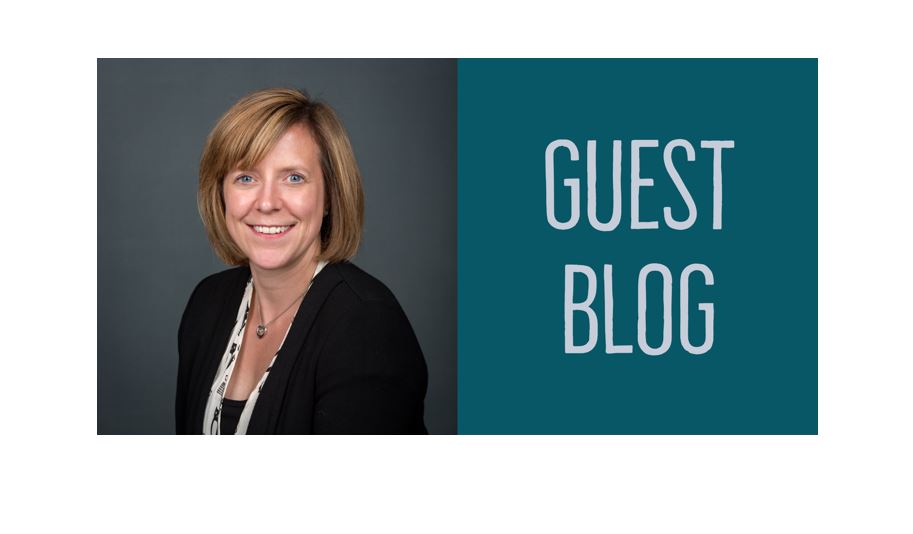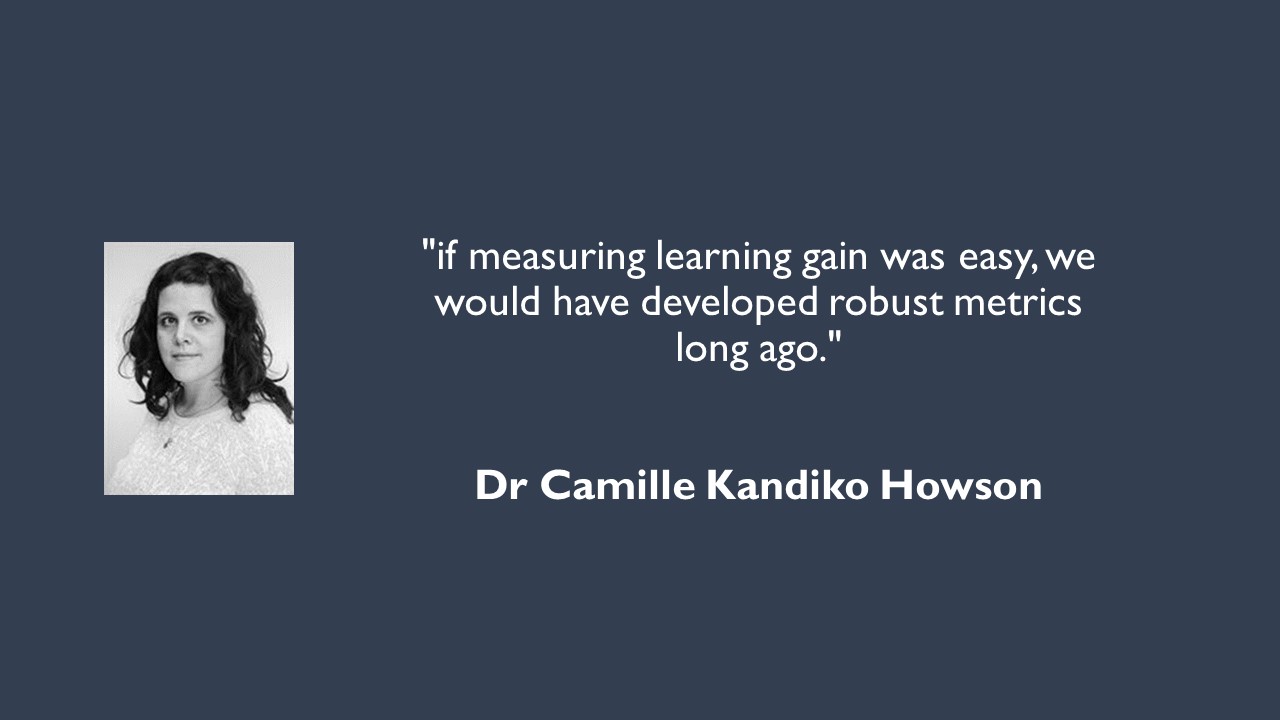by Helen St Clair-Thompson, School of Psychology
In 2015/16 I took part in the university EQuATE programme (Equal Acclaim for Teaching Excellence). This introduced me to staff elsewhere in the university who were interested in similar aspects of learning and teaching, and I soon found myself in a conversation about students’ reading habits. Given the importance of reading we wondered how much time and effort student invest in reading material related to their course.
Working with Alison Graham and Sara Marsham from the School of Natural and Environmental Sciences, I then began some research into students’ reading practices. Continue reading “Guest Blog: Exploring the reading practices of undergraduate students”





